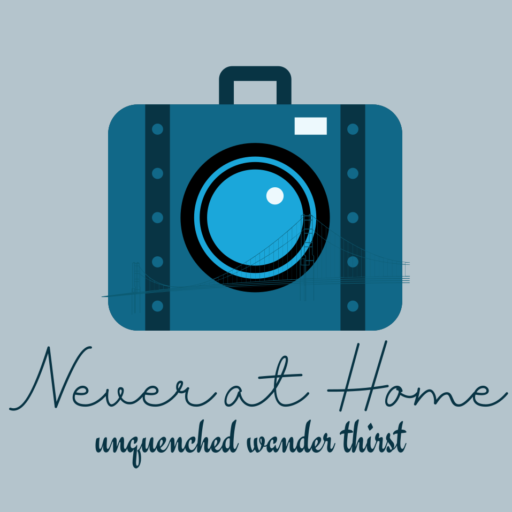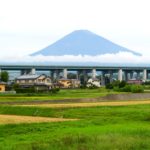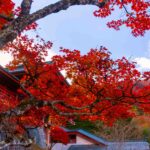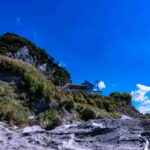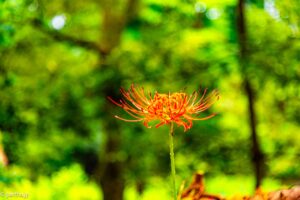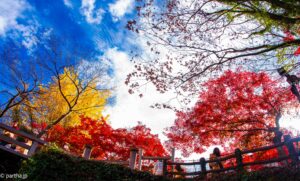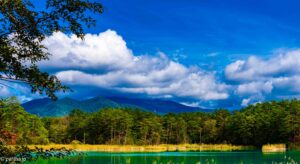
Fukushima prefecture has been in the news recently, though not for the reasons. The prefecture was ground zero for one of the biggest earthquakes and he subsequent nuclear power plant meltdown.
Those of us who lived in Tokyo, spent the subsequent days in fear, partly of what we knew but more of what we dd not know. The crisis passed, the nuclear power plant spread radioactivity and then we all forgot about it.
When the Japanese government decided to release the nuclear waste water back into the sea, there were protests from some of our neighbours. The government assured everyone it was safe, some believed it others didn’t but the water was released, seafood exports from Japan was banned in certain countries and the crisis persisted.
But Fukushima prefecture is much more than a Nuclear Reactor by the sea. It has mountain, lakes, ponds and a sparse population spread across the beautiful countryside.
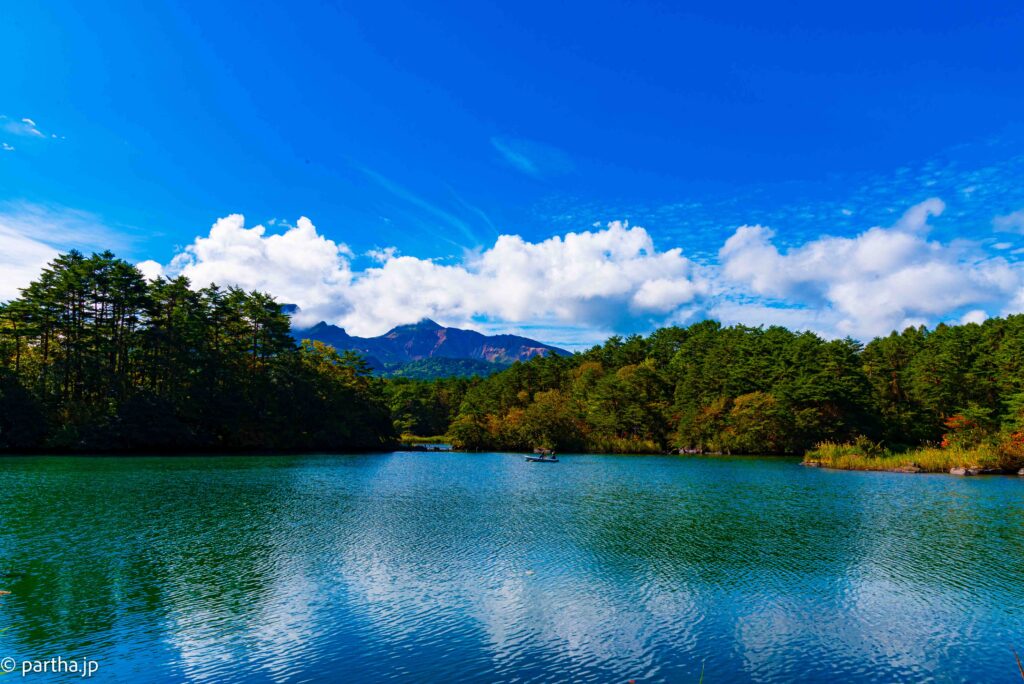
Fukushima was the destination, Urabandai was chosen because of a homestay nearby. Booking.com revealed a house in Urabandai, located near hiking spots and a few large lakes.
Urabandai means behind Bandai, Mt Bandai is one of the mountains in Fukushima and lists in the top 100 mountains in Japan. Like Mt Fuji, Mt Bandai is a volcano and the last eruption was in 1888. It is popular amongst the hikers and mountain climbers.
A long weekend, October 9th was the national sports day in Japan provided an opportunity for an excursion to Fukushima, a prefecture that I had not visited earlier.
You can never leave too early to miss the weekend Tokyo traffic. This is an unfortunate learning from my previous excursions. There is always heavy traffic somewhere in the roads leading out of Tokyo.
The Traffic was building up as we reached the Tohoku Expressway, eased up a bit as we stopped at the Hasuda Service Area. As waited at the stop a Medivac Helicopter took off from nearby. When we rejoined the expressway and spent the next 2 hours covering 30 kms the reason became apparent. There was a multiple car crash on the road and one of the cars getting towed had its engine fully smashed in.
The traffic eased after the crash site and rode into the Sanno Fujioka and then a final stop at Nasu Kogen. We took the Koriyama JCT and exited at the Inawashiro JCT, the roads turning narrower and emptier. The last part of the drive has a view of the Bandai mountain while passing through sparsely populated towns until we reached Kitashiobara
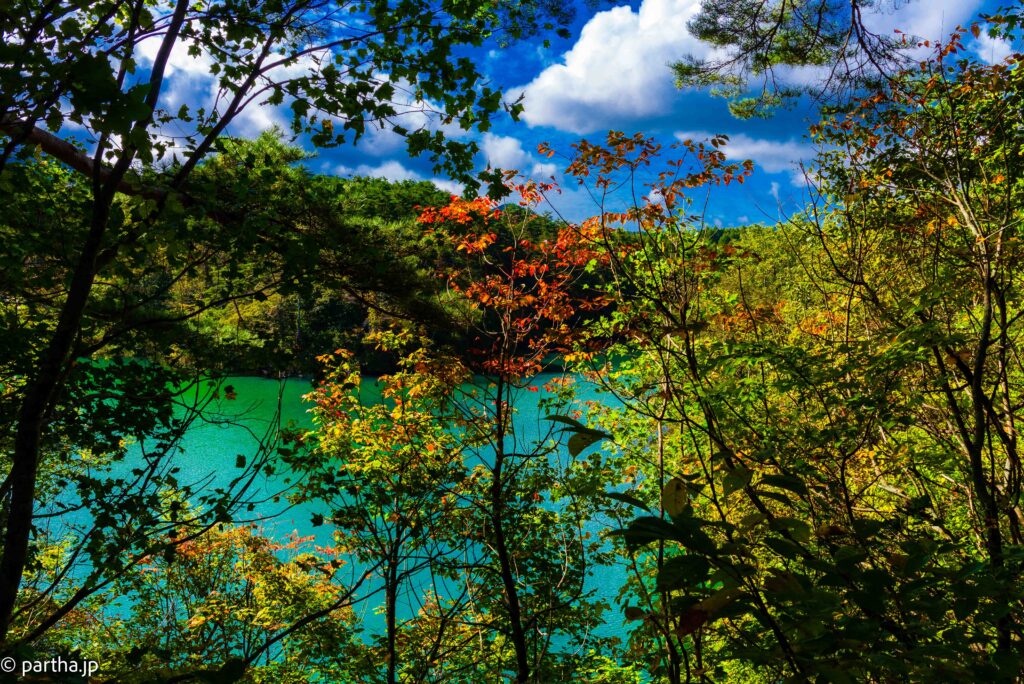
Our accommodation was located close to a 3 way intersection, amidst a cluster of houses, a coffee shop and a 7 Eleven located nearby. We passed a large parking which turned out to be the Urabandai Visitor Center and the starting point for the Goshikinuma hike. Lake Hibara and the Onogawa lake are located close by.
The visitor centre was a 10 minute walk from the accommodation and contained a few maps of the hiking trails, information about the bus routes and rented out bells to the hikers, the ringing of which would drive the bears away.
The start of the trail had a big warning displayed on a wooden board asking the hikers to beware of aggressive bears and always carry a bell or a radio, something that would make a sound and keep the bears away.
Bear attacks have been in the news recently, some of them taking place in nearby prefectures but we had not heard of attacks in this area yet. There were other hikers and as we progressed the crowds built up, the bears would not be venturing on to the paths this day.
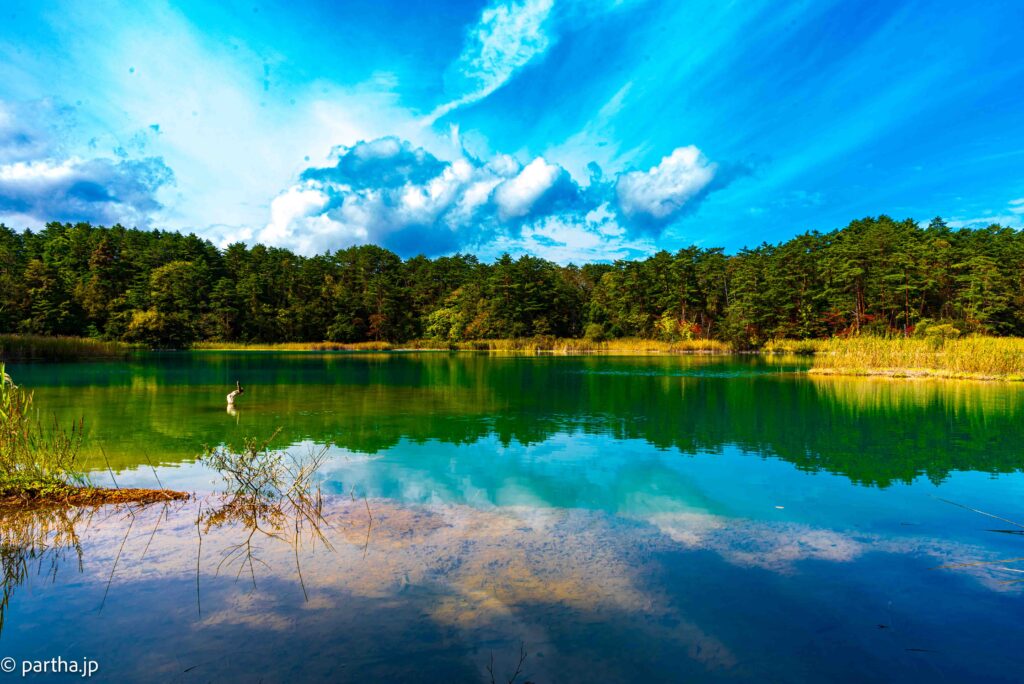
The hike is quite easy, no tricky paths to worry about. It traverses around 30 ponds, small and large, a few hardly noticeable. Benches are spread out for the ones who get tired, but it’s a 90 minute hike with no steep gradients and not tiring.
The last pond on the trail is the Yanaginuma pond and there is a rest stop with restaurant and souvenir shop on the banks. Across the road to the shops is Lake Hibara. Unfortunately there are no hiking trails here and its requires a 10 minute bus ride or a 30 minute walk to the start of the Lake Hibara hiking trail.
Information about the trails is hard to find and the person at the enquiry counter discouraged us from the hike. ‘There might be bears’ she warned.
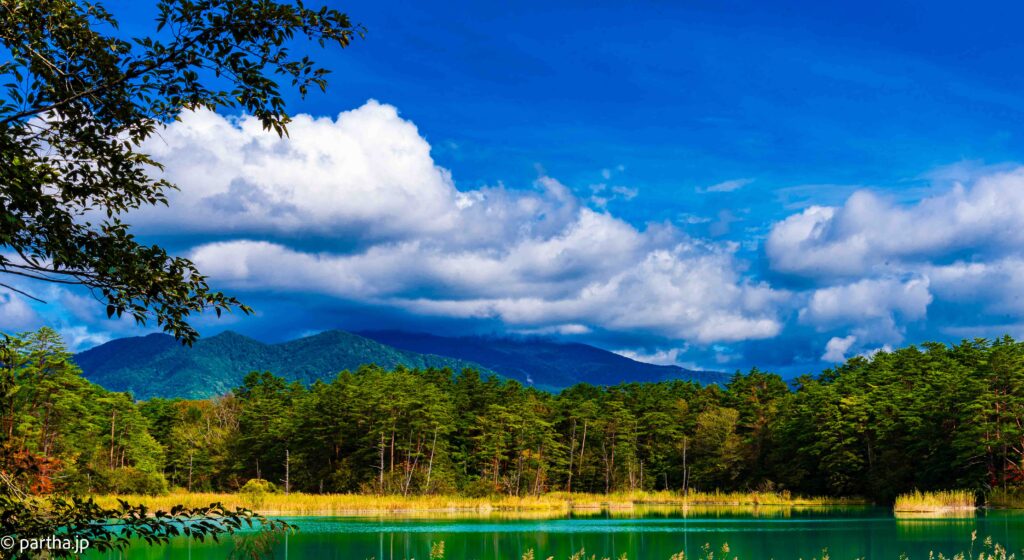
We took the bus back to the Urabandai visitor centre and asked the information desk about hiking around Lake Onogawa. The information was not clear, we weren’t sure if there was a hiking trail and ended up walking around a path which skirted the banks of the the lake but did not have anything worth seeing.
There were a few deserted adventure sports spots with life jackets drying on hangers but no people in sight. The Urabandai area has venues for adventure sports in summer, rafting, canoeing etc, but all these come to a stop in winter and some of the trails get blocked.
The Urabandai visitor centre has a few restaurants but as we discovered one early autumn evening they close early. We walked to a restaurant arriving before 18:00 only to be greeted by a closed sign on the restaurant. Since there were a few customers inside the restaurant we walked in and the flustered staff made signs that it was closed.
As we walked out, one of them piped ‘Please come again’!
Fukushima prefecture has initiatives to attract tourists but in an area like Urabandai , despite the pamphlets in English and staff who try to be helpful, information is not always easy to come by.
This is a region of great natural beauty and is beautiful in autumn. The towns are spread far, nature at it’s finest everywhere and if you don’t run into bears , are able to put together the puzzle made up of scattered bits of information , you can be happy.
Fukushima does translate into ‘Happy Island’ !
